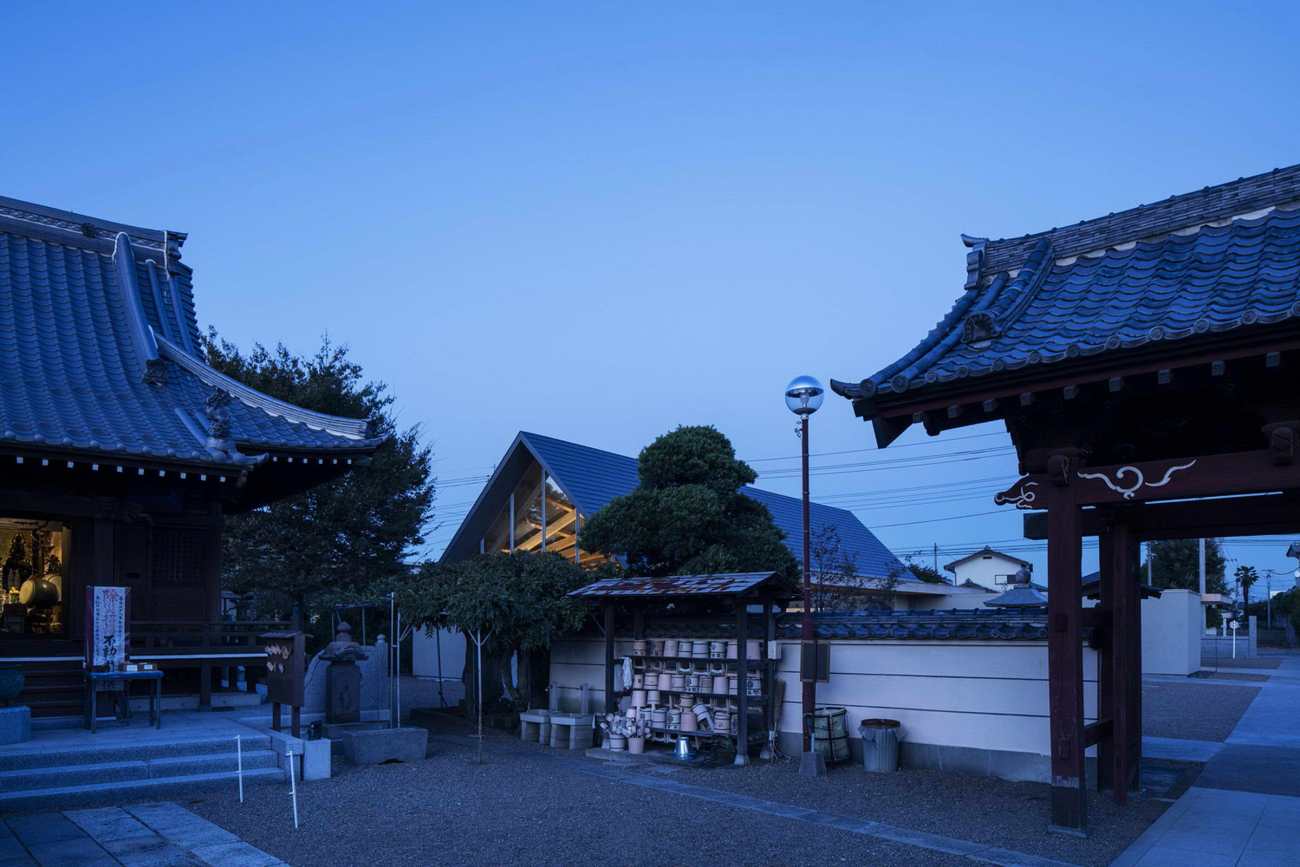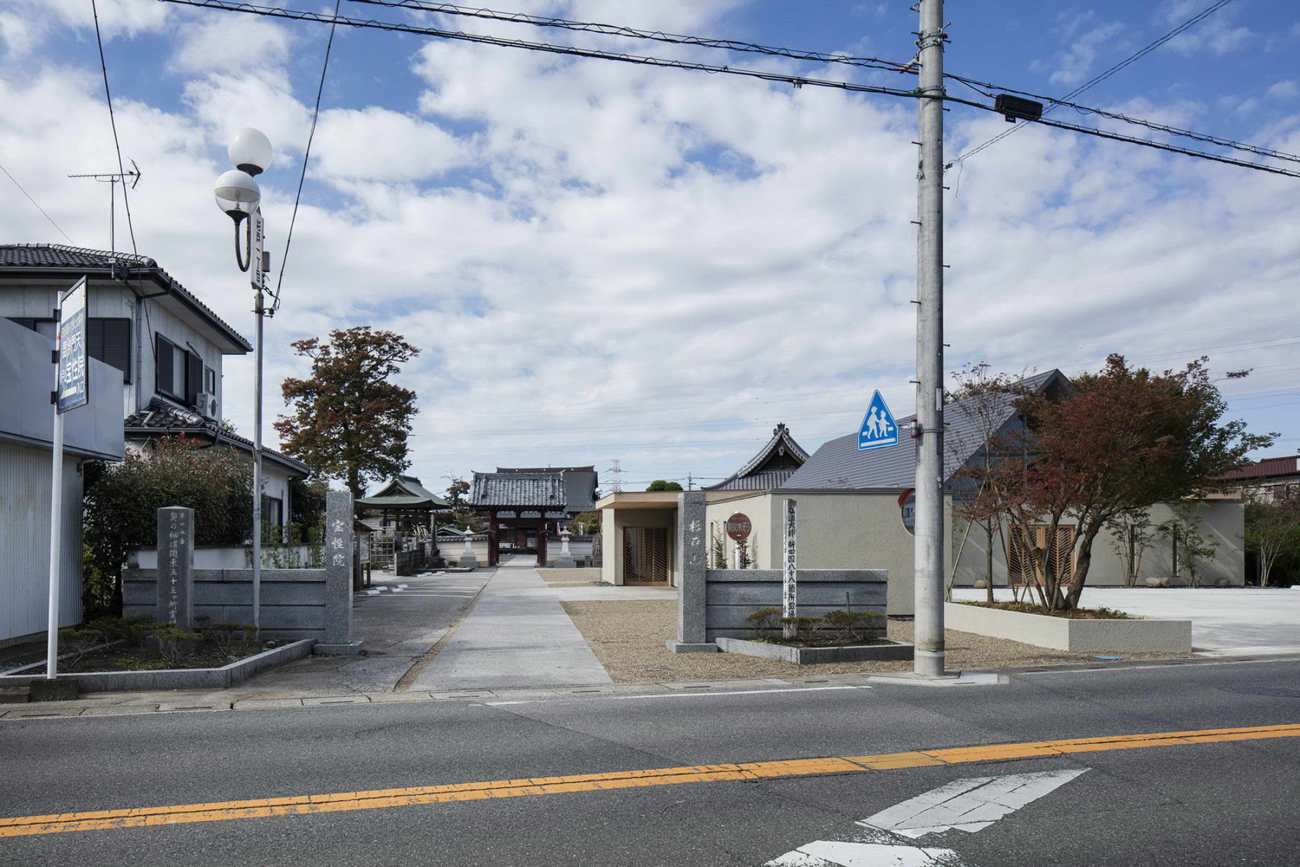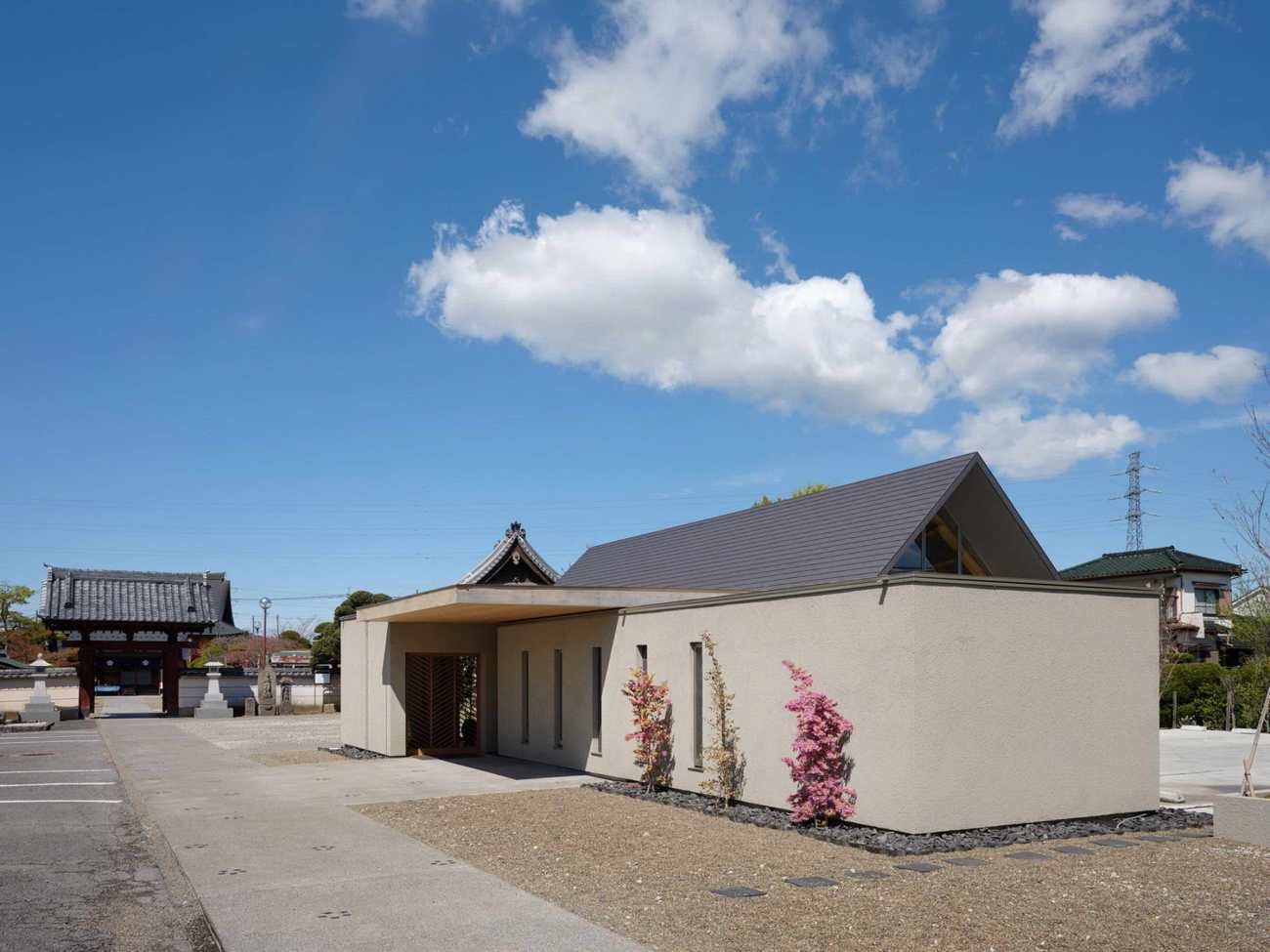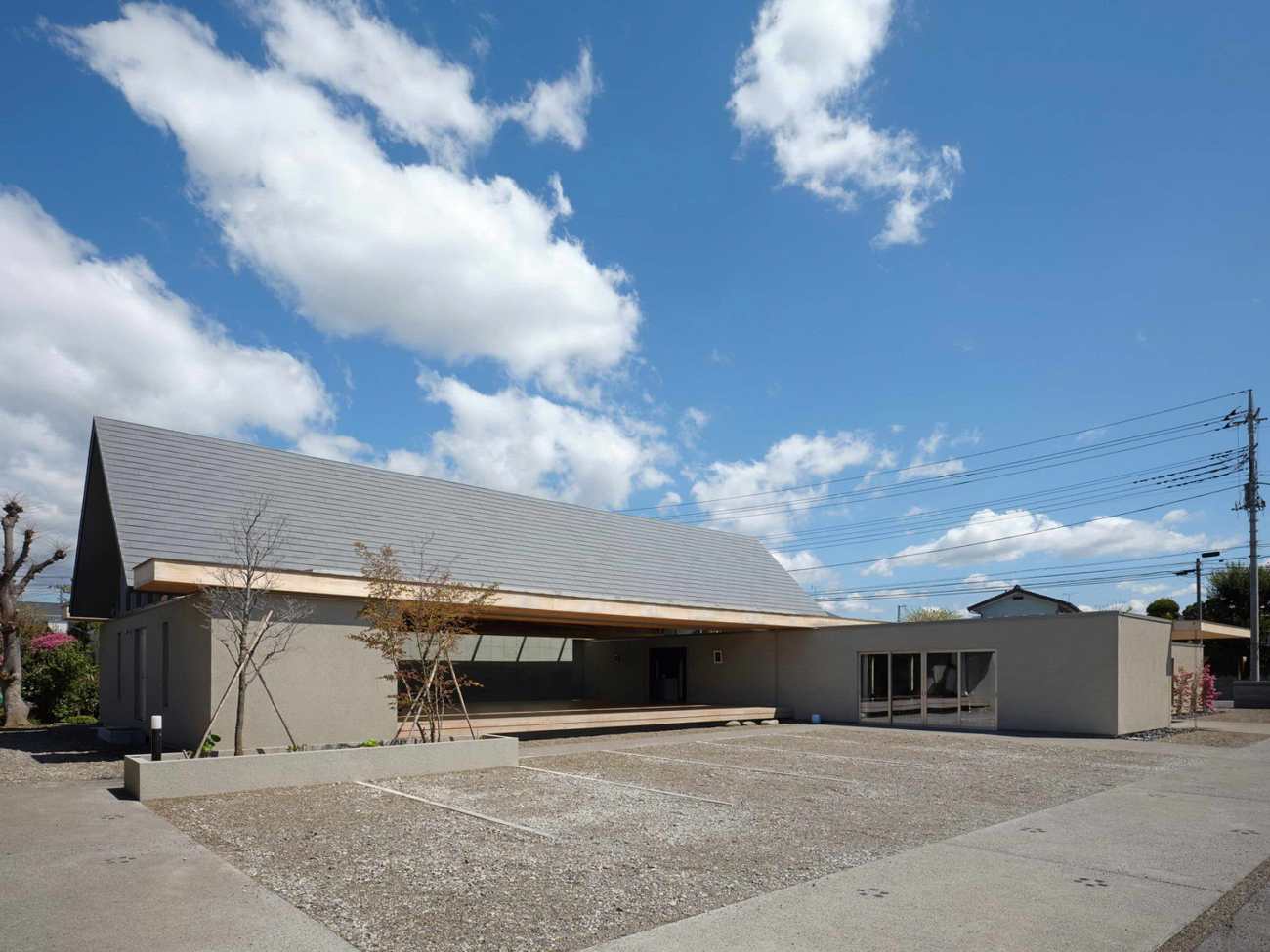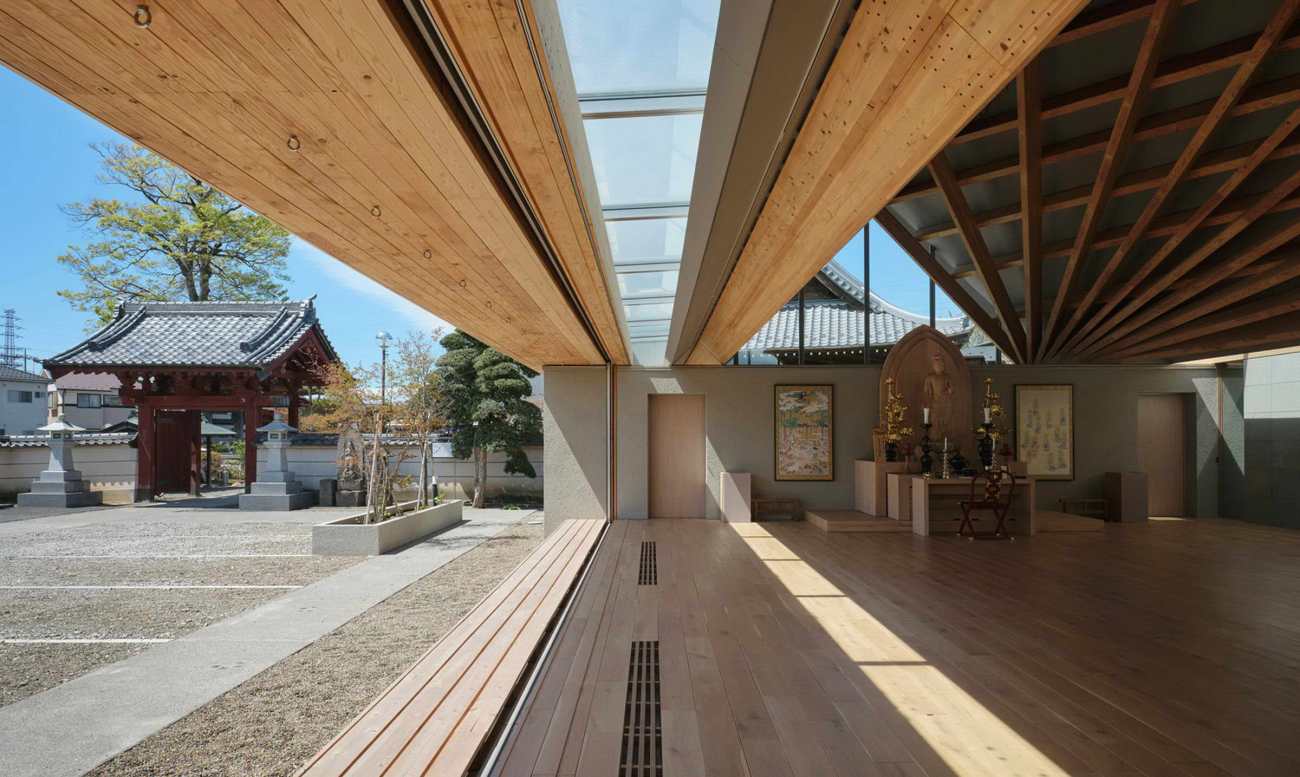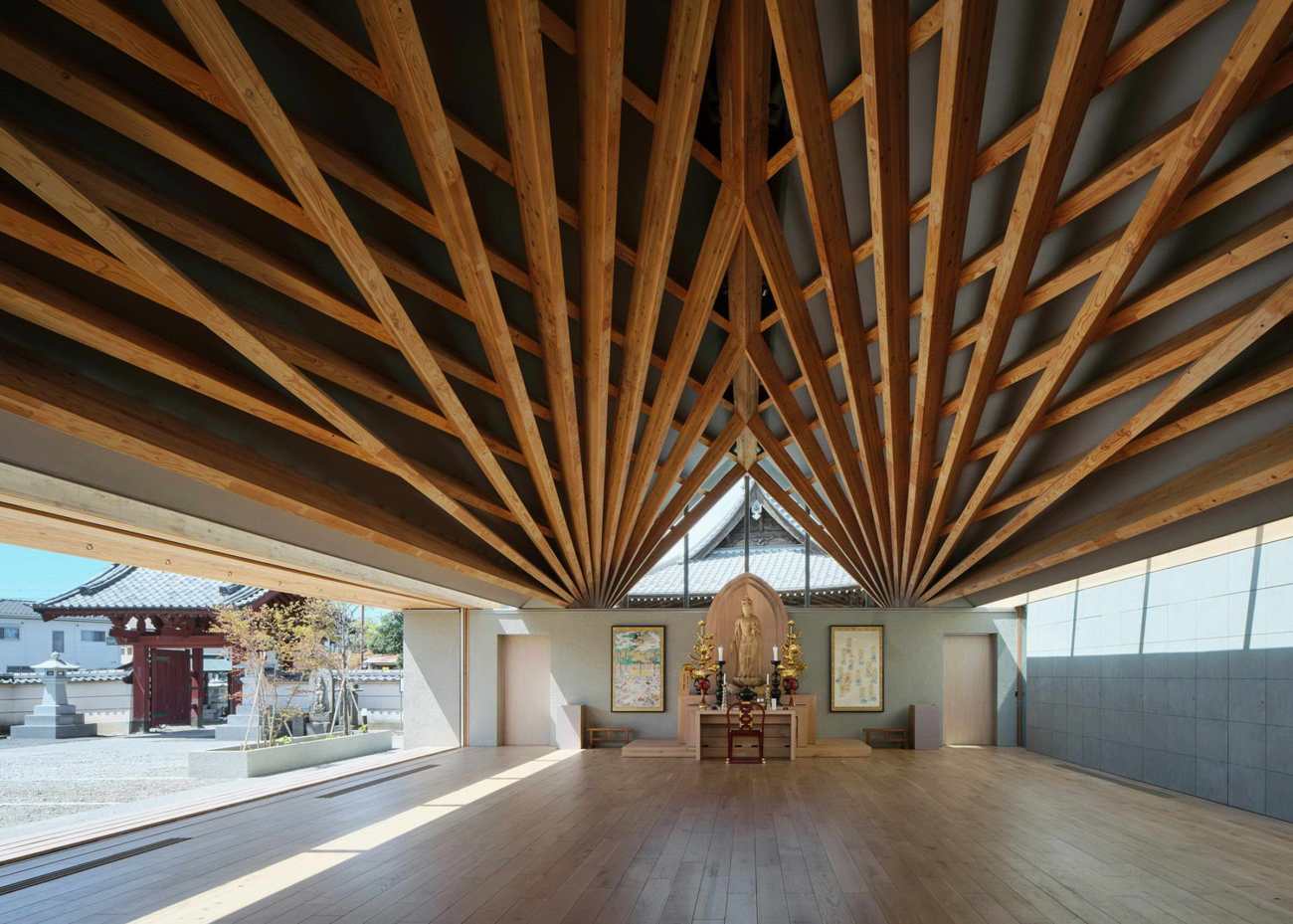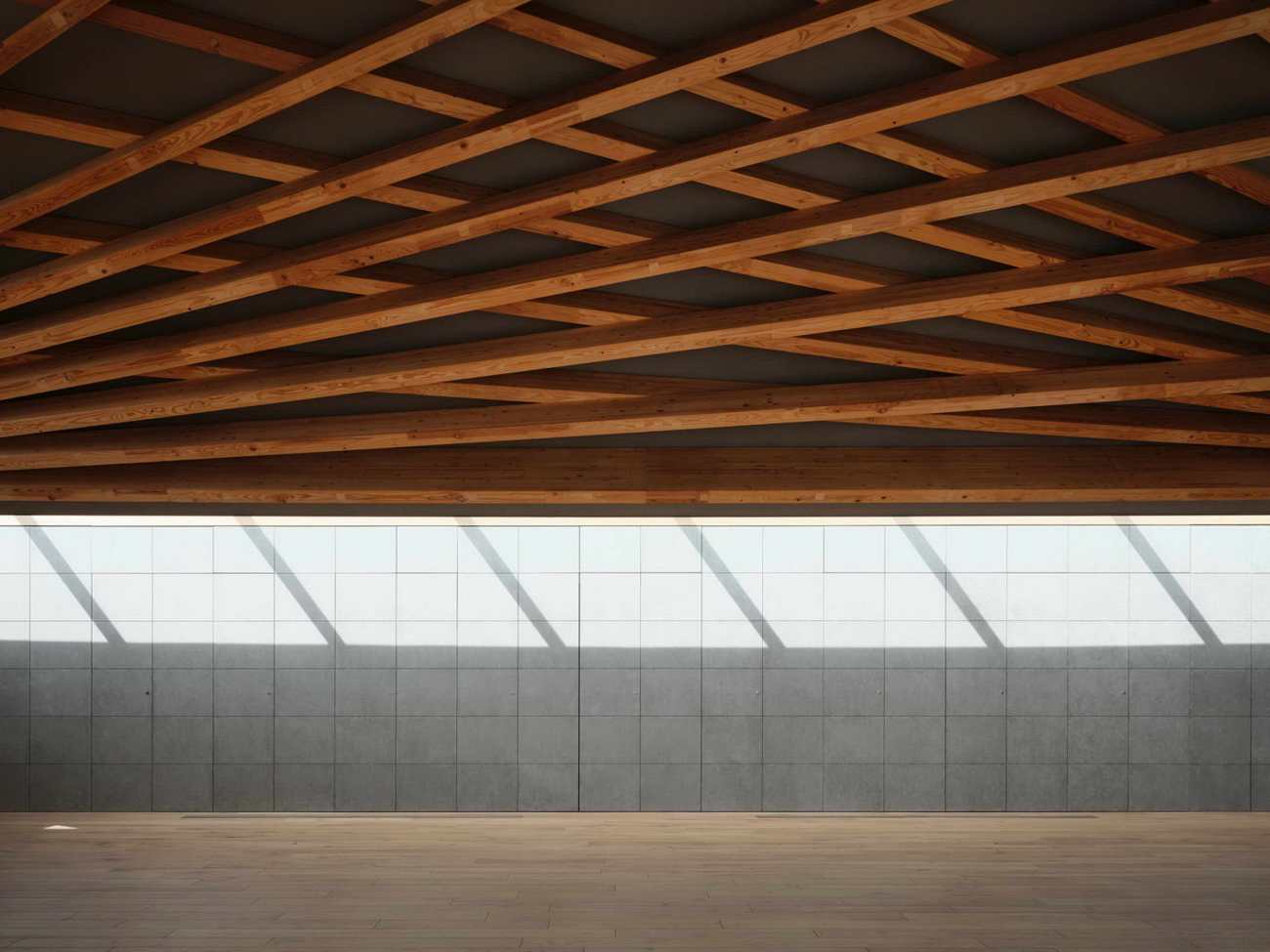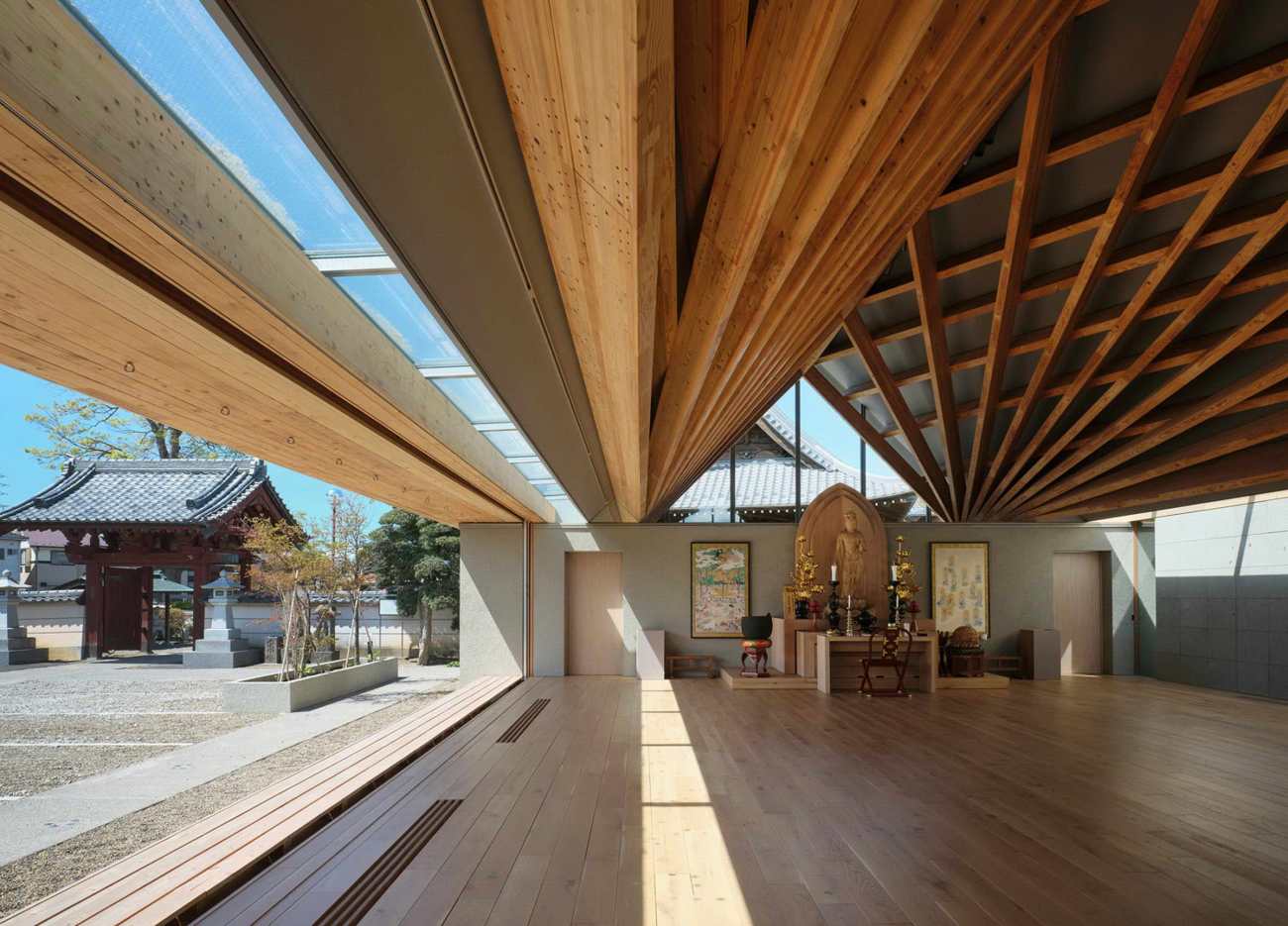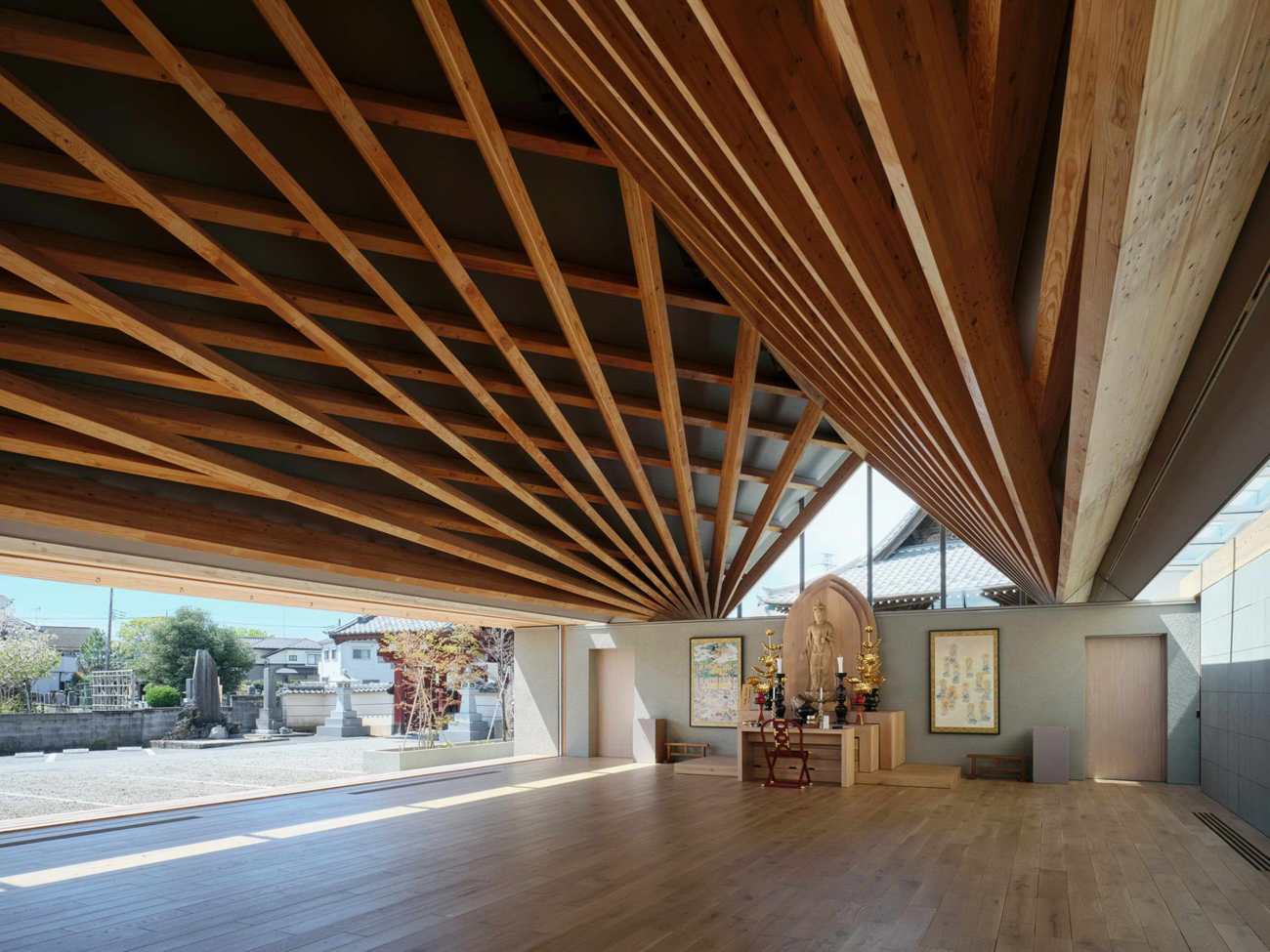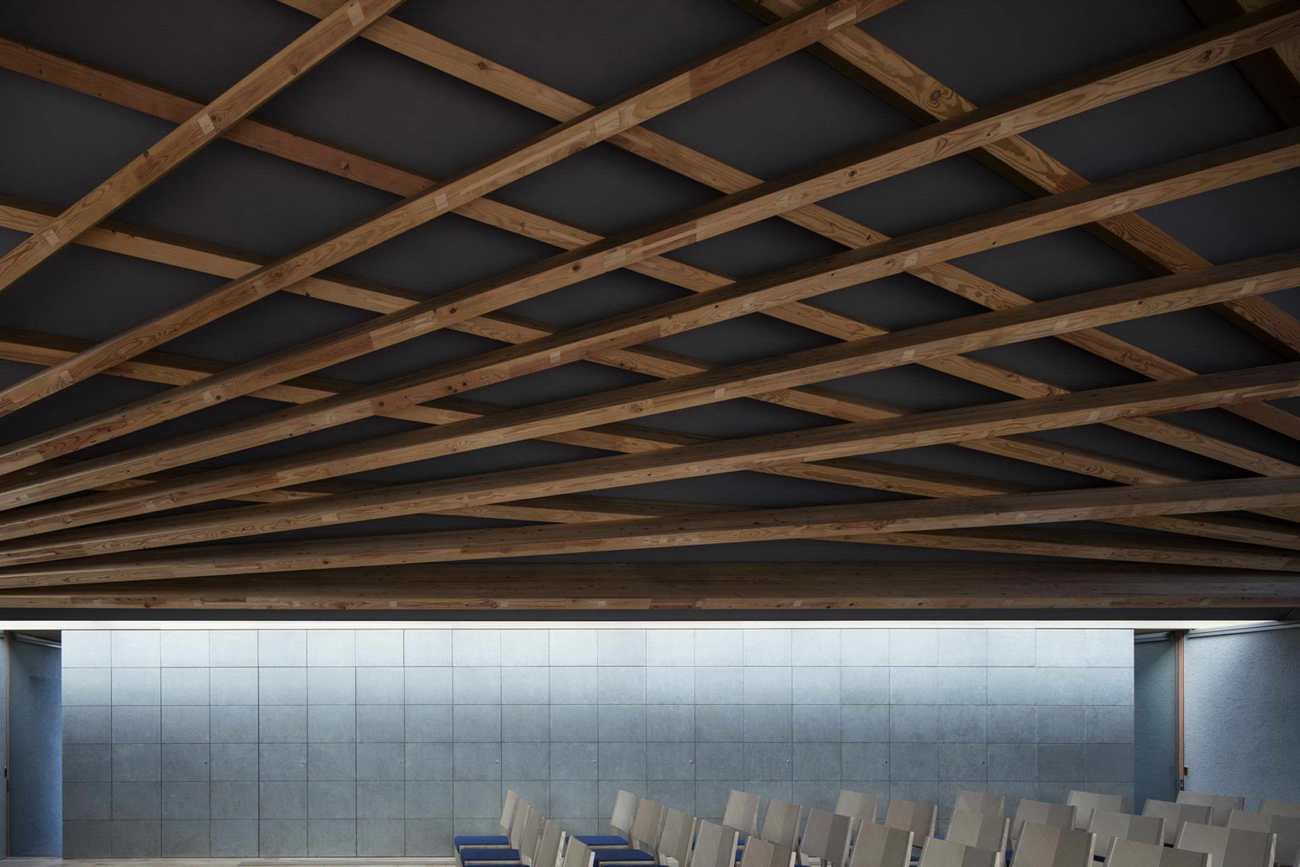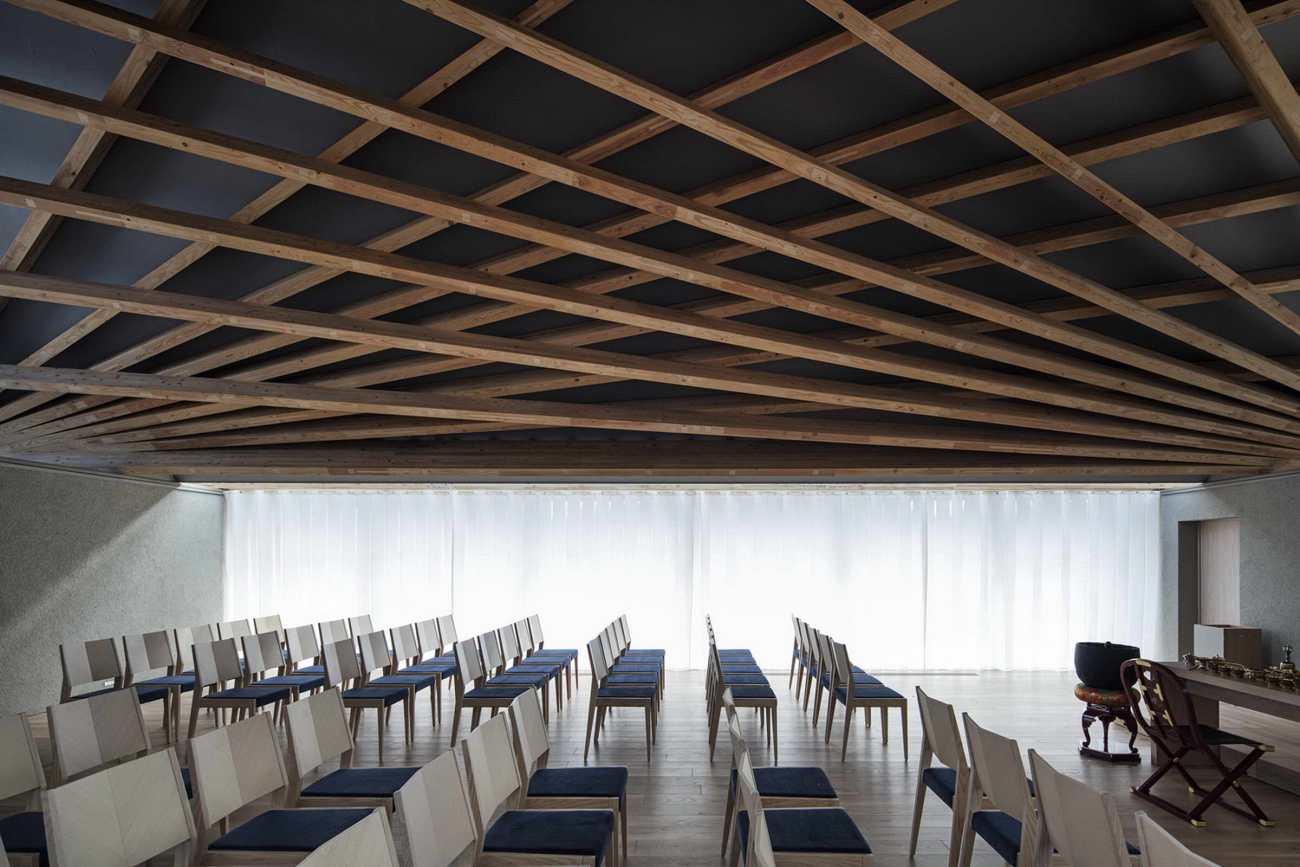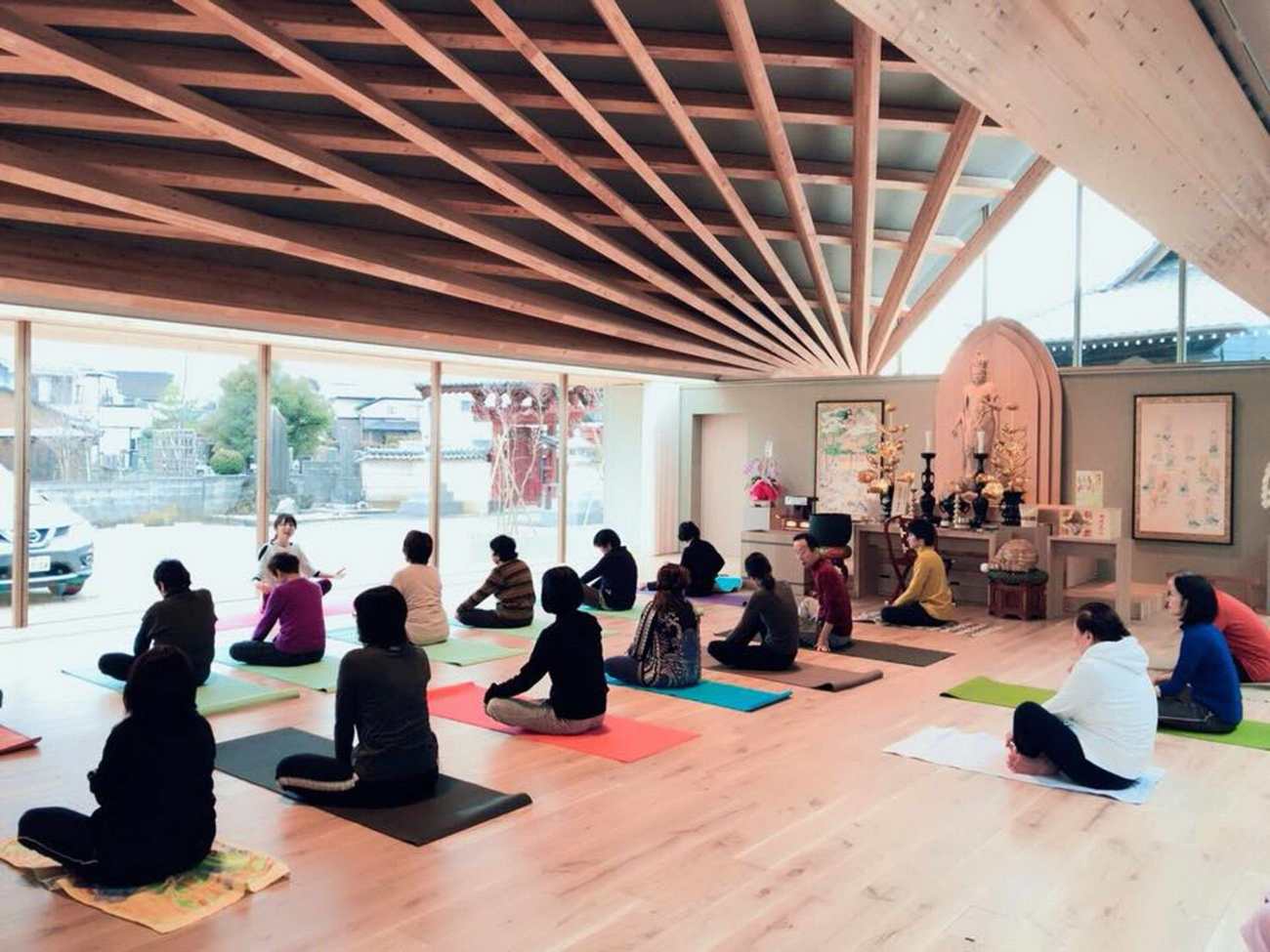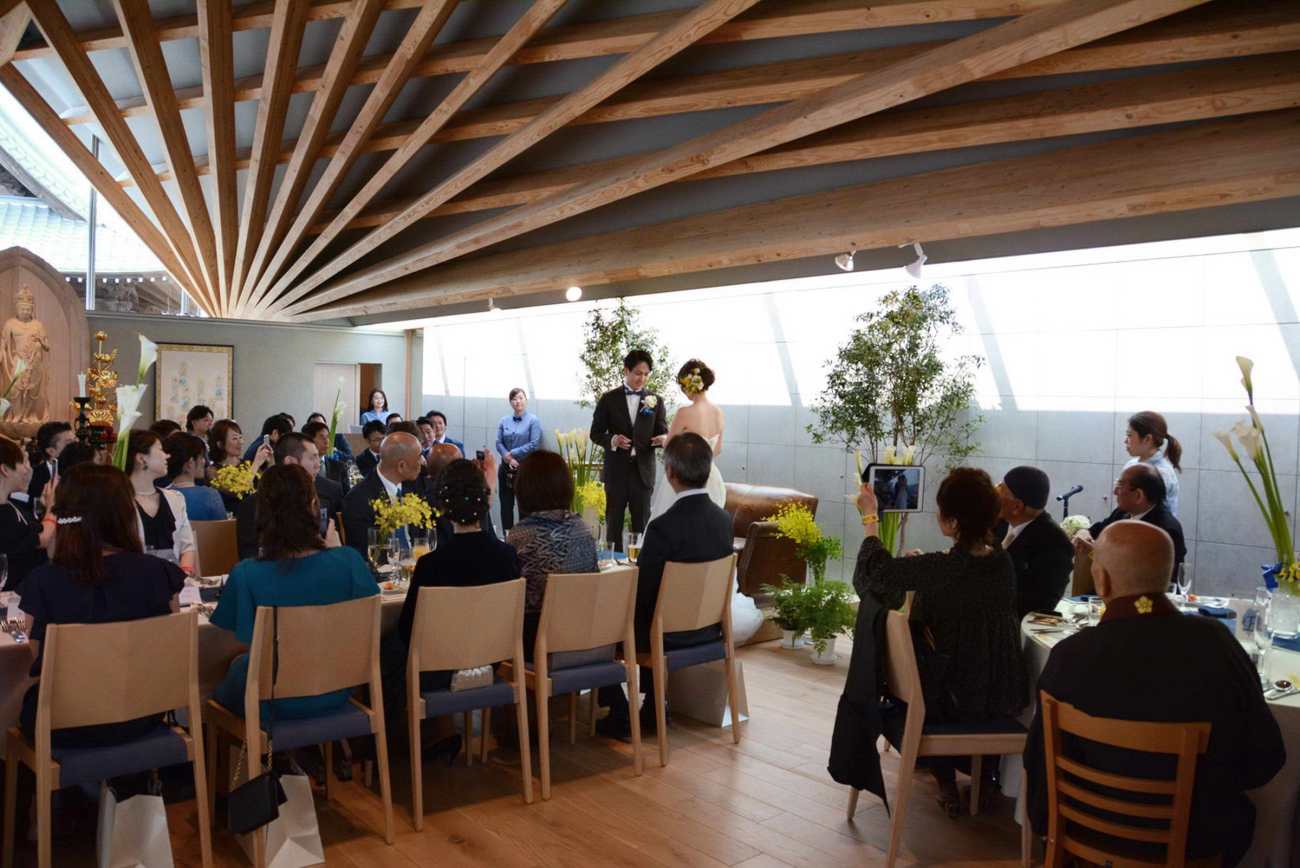| 公司: | PERSIMMON HILLS architects | 类型: | 建筑 |
|---|---|---|---|
| 地区: | 日本 | 标签: | 宗教空间 |
Hoshoin附近地区曾经作为日光公路(Sugito syuku)上的一个驿站城镇而繁荣,但现在已经看不到它过去的活力了。此外,该镇现在还存在着人口减少和边界关系模糊等问题。原本是当地社区的核心的寺庙,由于仪式场合的商业化和宗教观点的丧失,正在失去他们的归属。在这种情况下,我们将创建一个开放的大厅,便于参观,但又能感受到宗教气息,并将在城镇中的角色和活动形象化,寺庙可以负责,当地居民将聚集在一起,促进交流,我们旨在以现代宗教机构的方式为基础。
The area near the Hoshoin was once prospered as a post town on the Nikko Highway (Sugito syuku), but now the vigor as it used to be can’t be seen. Furthermore, the town now has problems such as depopulation and thinning of the borderline relationship. Temples, which were originally the core of the local community, are losing their affiliation due to the businessization of ceremonial occasions and the loss of their religious views. Under these circumstances, we will create an open hall that is easy to visit, yet feel religious, and will visualize the roles and activities in the town where the temple can take charge, and the local residents will gather, fostering exchanges, We aimed at the way of the modern religious institution as a base.
由于随着时代的变化,使用方式的改变,规划的场地变成了一个过大的停车场,将场地与城镇分割开来,成为一个不能让人感受到宗教的地方。因此,通过安排Kannnondo的体量来旋转与原住民物品的关系,如珊瑚、石柱和散落在场地上的纪念碑,这种方式将被重新激活,停车场将被划分在公路一侧,并重新定义从公路到现有地面的崇拜空间。通过调整体量、屋顶的大小、组合和布局,当你走在引道上时,你可以看到大门、大殿和现有地面上的福堂,使之成为与现有地面自然延续的礼拜空间。
As a result of changes in usage as the times change, the planned site becomes an excessively large parking lot, dividing the grounds from the town and becoming a place that does not make you feel religious. Therefore, by arranging the volume of Kannnondo to spin on the relationship with the indigenous objects such as coral, stone pillars and monuments that were left behind and scattered on the site, the approach will be revived, and the parking lot will be divided on the highway side, And redefined the worship space from the highway to the existing ground. By adjusting the volume, the size of the roof, the combination, and the layout, when you walk the approach, you can see the gate, the main hall, and the Fudo hall in the existing ground and make it a worship space that continues naturally with the existing ground.
面向院子的大缘堂与院子是统一的,它有一个大的开口,甚至没有落下一根柱子,使它成为寺庙和地区的各种活动的容器,可见一斑。寺庙的屋脊是一个树状结构的形象,如背光灯,因为寺庙的屋脊让人联想到佛祖在菩提树下的开悟,而这个结构让人联想到背光灯照耀的风景。把两边的山脊与建筑的轮廓相抵消,安静的光线从它们中间落在里面,外面的压迫感就会减少。它似乎切断了有400年历史的,但事实上内部现有的场地形成了连续性。
The large rim-like hall facing the courtyard is unity with the courtyard with a large opening that does not drop even a single pillar, making it visible as it becomes a receptacle for various activities of temples and areas. The gable roof of the temple is an image of a tree-like structure, such as a back light, because The gable roof of the temple is reminiscent of Buddha's enlightenment under the linden tree, and the structure is reminiscent of the landscape that the back light shines. By putting the ridges on both sides offset from the outline of the building, the quiet light is dropped from among them in the inside, and the feeling of oppression is reduced in the outside. And from the wife's side, it appears to cut off the 400-year-old Fudo-do, and it also creates continuity to the existing grounds inside.
同时,除了宗教活动之外,当地居民的志愿活动每天都在大厅里举行,而观音则在一旁观看。通过将新的价值叠加到倾向于陷入宗教设施的固定观念的建筑类型上,激发了与普通宗教空间的使用方式,从这一点上,新的价值又诞生了。
At the same time, in addition to religious activities, voluntary events by local residents are held daily in the hall while the Kannon are watching. By superimposing new values on building types that tend to be caught up in fixed ideas of religious facilities, it induces usage that is different from before, and from this new next values are born and overlapped again, leading to the future I hope to go ahead.
Project: Houshou-In Kannondo
Design Firm: PERSIMMON HILLS architects
Principal Use:Religious Facility
Site Area: 866 ㎡
Building Area: 267 ㎡
Total Floor Area: 267 ㎡
Number Of Stories: 1 Story
Structure: Wood
Construction: Yamazaki Constract Office
Structural Engineer: Mika Araki
Environment Consultant: De-Lab
Photo: Kenta Hasegawa/Kai Nakamura
更新日期:2021-05-28 13:14:04
非常感谢 PERSIMMON HILLS architects 带来的精彩项目, 查阅更多Appreciations towards PERSIMMON HILLS architects for sharing wonderful work on hhlloo. Click to see more works!

